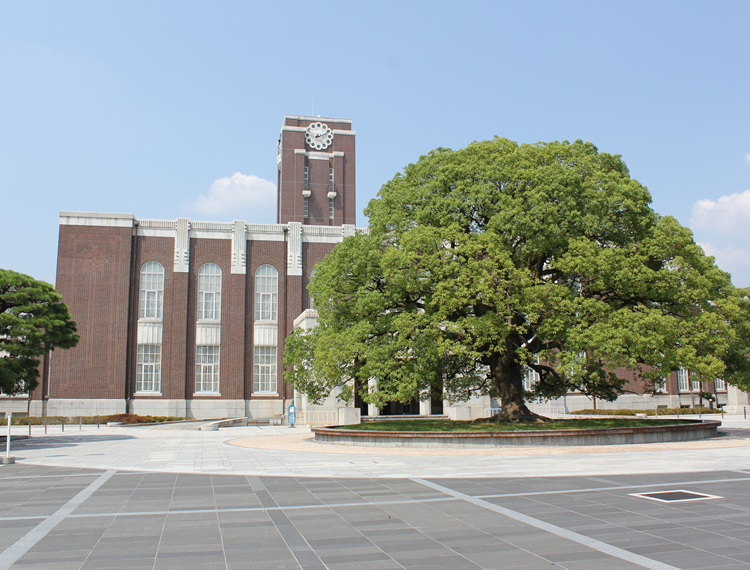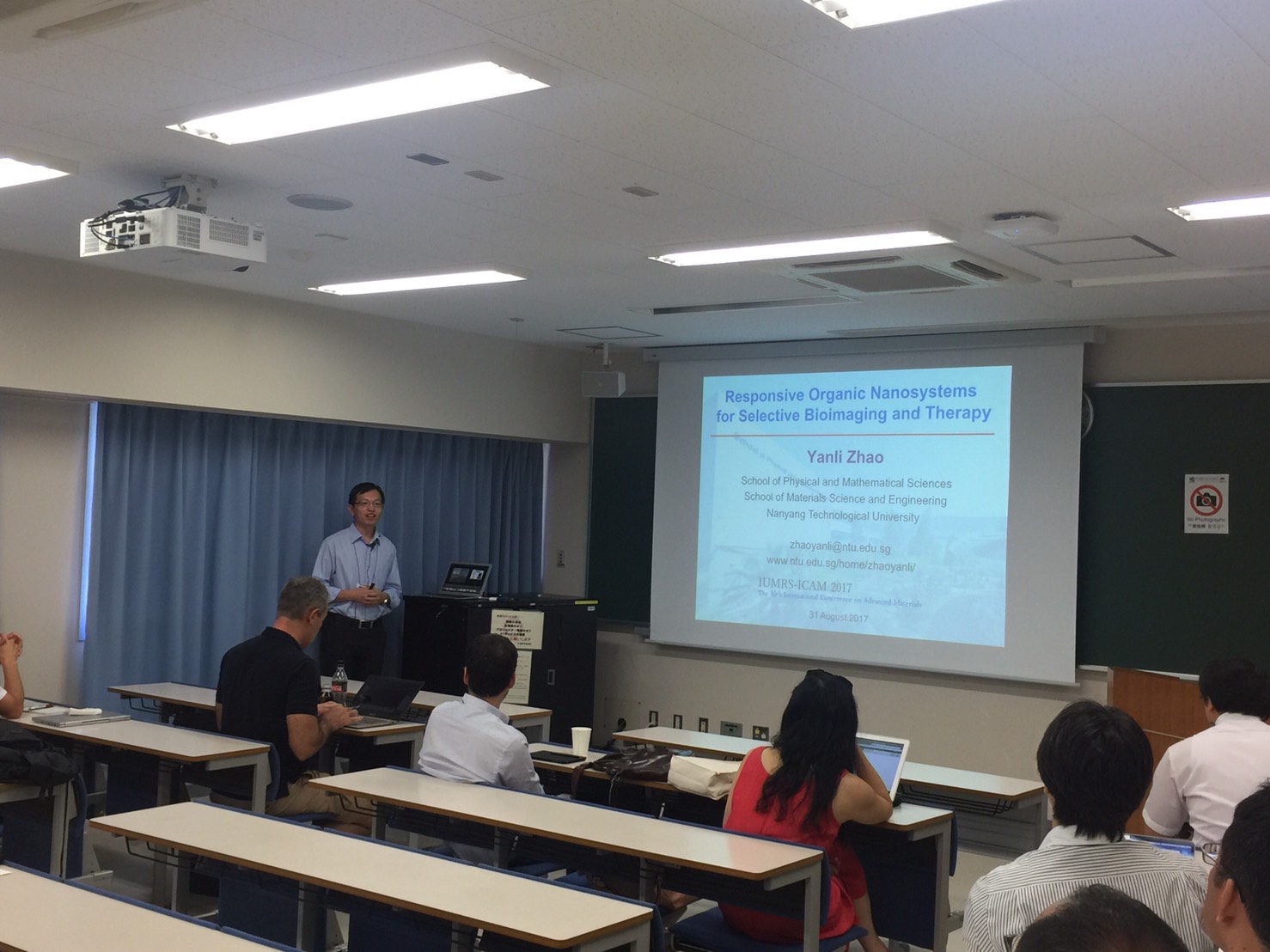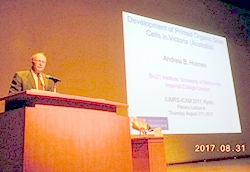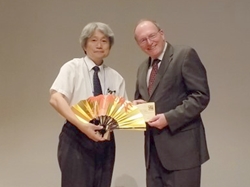Thermoelectric properties of Fe and V co-substituted higher manganese silicides (A5-K31-001)
Professor Yuzuru MIYAZAKI from the Tohoku university, Japan and his colleagues have been studied the influence of the transition metal V, Cr, Fe, Co for the 3d serie, Nb, Mo, Ru and Rh for the 4d and Ta, W, Re and Ir for the 5d serie as Mn substitution in the Higher Manganese Silicide (Mn(1-x)Mx)4Si7 material. The DFT calculation allowed to determine a theoretical electrical conductivities and Seebeck to calculating the power factor and the anisotropic properties. The limitation of the substitution were also exposed for these elements which showed a very good substitution in the case of the Re elements in the structure.
An increasing of the ZT from 0.2 to 0.4 was obtained with the Cr dopant. Iron substitution allows to modify the p or n type semiconducting nature of the material, HMS become n type when x is larger than 0.27.
Ru dopant generates small separated domains rich and poor in Ru which decrease the power factor.
Vanadium has been tested for x below 0.06 and has generated a structural modification which are visible by XRD technique. It’s impact the striation (presence of Mn1Si1 out of c axis) of the HMS phase. This striation vanishes after SPS processing. It generates a high variation of the electrical conductivity without any reduction of the Seebeck coefficient. In the case of Vanadium, a very good ZT value of 0.59 was obtained. Iron and vanadium co-doping has also been synthetized and showed a better thermoelectric properties with a maximum ZT value of 0.67. The last part of the talk was devoted to the strangest thermal HMS expansion due to striation and a variation of Mn/Si ratio. As conclusion, professor MIYAZAKI predicts the possibility to increase drastically the ZT coefficient of HMS thank the co doping and a good nanostructuration.
Partially substitution of heavy elements in n-type higher manganese silicide (A5-O31-002)
The speaker Swapnil GHODKE and his colleagues have been tested the multidoping Re, W, Ta and Fe in the HMS structure in the aim to reduce the rare metal Re need quantity as dopant. They studied various W/Re/Ta ratio. All of the compositions are stables in temperature excepted for W which is limited to a temperature below 1000K. The thermal conductivity was measured thank AC calorimetry and showed a very low value of 1.2W/m/K. These results could be give a solution to reduce the Re using element for HMS doping with an increase in of the thermoelectric properties.
Performance, stability and module integration of Higher Manganese Silicides materials solidified by Ribbon Growth on substrate RGS process (A5-O31-003).
The Speaker Pierre-Yves PICHON and his colleagues have been studied the evolution of the Mn(Si99.55Al0.45)1.73 properties in temperature and cycling. The speaker showed a new planar geometry for TE device which has been tested with a thermal gradient applied thank a thermal radiation. The electrical properties were measured for a lot of cycles in temperature. A variation of electrical resistivity was measured in temperature but still constant in the time while the Seebeck coefficient was not clearly modified. The microstructural analysis showed cracks in the HMS material. The Mn/Si ratio of HMS phase evolves with the cycling time in the using temperature condition and leads to a segregation of Mn1Si1 phase at grains boundaries. As the result, the quantity of cracks increases with the cycling time in the Al doped HMS material.


 Keynote talk by prof. Zhao
Keynote talk by prof. Zhao
